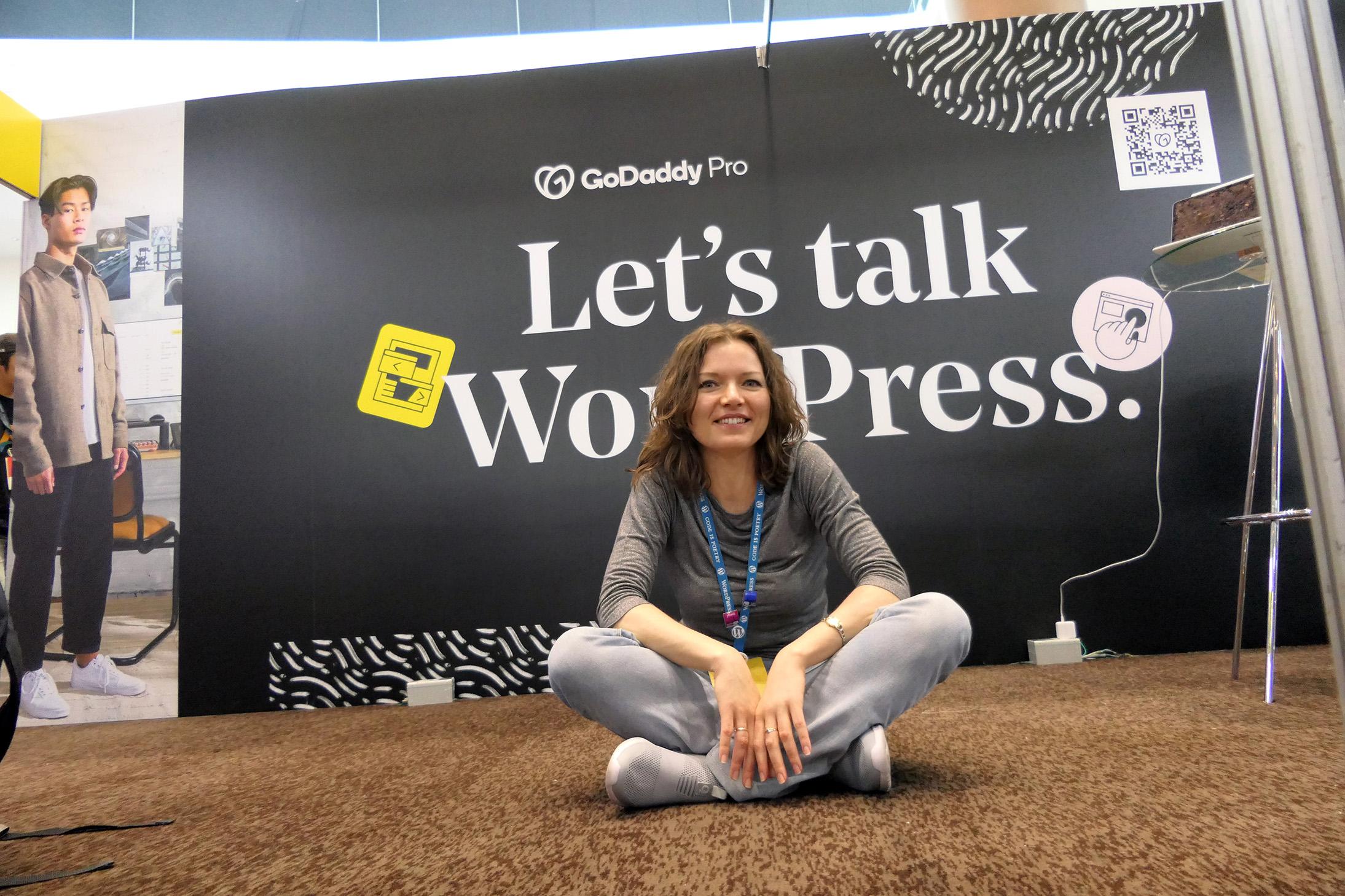Marketing segmentation plays a critical role in today’s competitive business environment. It helps target potential customers accurately, while creating long-lasting relationships. This also helps businesses build products that cater to their exact needs.
Operating without marketing segmentation is like a wild goose chase – a fruitless pursuit of the elusive customer.
It is equivalent to going to a college party and trying to sell teenagers a home loan or
visiting a retirement home to sell the elderly Sunburn tickets. Sounds ridiculous, doesn’t it? When you market to anyone and everyone, this is exactly what you are doing.
Related: Protect your business from the economic slowdown
What is marketing segmentation?
Marketing segmentation is a marketing practice that allows businesses to divide their customers into smaller groups based on the similarities they share.
Your emails, ads and promotions will be more successful if they’re tailored to the reader. However, this is impossible unless you segment your pool of customers.
To put it simply, segmentation breaks customers up into smaller groups depending on their likes and preferences.
It then advertises to them the exact products or services they want. By customising the message to suit the current or potential customer, businesses can engage them more successfully.
How it works in practice
Let’s take the example of pop culture collectibles – a growing trend in India. A seller can split their customer pool based on whether they are movie or TV fans. Each of these groups can be further divided.

For example, the first group can be divided by those who favor various movies such as Harry Potter or Avengers. You could do the same with the group of TV fans, dividing them by shows such as Friends or Game of Thrones.
Once you have identified these core groups, you can then promote products that belong to the customer’s desired fandom. This can substantially increase the chances of turning prospective customers into buyers.
Related: How to learn what your customers want
The 4 types of marketing segmentation
While there are many ways to classify customers for your unique business, we are going to discuss four primary types of audience segmentation.
1. Demographic
Demographic segmentation is the most common way of creating smaller customer groups. This is done via visible characteristics such as:
- Age
- Gender
- Education
- Occupation
- Marital status
- Family size
- Household income
- Nationality
A women’s clothing brand could use gender and age to divide its list, in order to send clothing suggestions that will appeal to women of various ages. A luxury watch maker can use the income factor to determine who is most likely to buy its products. Gathering data for such segmentation is relatively easy and inexpensive.
Pro Tip: Some customer relationship management (CRM) software can collect and sort this type of data about a group of customers. If you use a CRM system, check to see if it has this capability — you could be sitting on a goldmine of useful information.
2. Behavioural
This segmentation is done based on habits and preferences of people. When starting, ask yourself the following questions:
- How do they shop online?
- What appeals to them?
- What do they click on?
- When are they likely to make a purchase?
- What do they like or need?
- How loyal are they to a particular brand?
Studying the behaviour of customers can help companies understand how they will interact with their own brand. You can learn the details on how to gather this information in this post.
3. Geographic
This is a straightforward type of audience segmentation, wherein brands can section its customer base on their geographic location. This can be done per:
- Country
- State
- City
- Rural and urban areas
This can help cater to needs specific to a particular region. For example, winters are harsh in North India, whereas Southern India barely feels the cold.

So, a winter wear brand can focus its advertisement campaigns primarily towards Northern India. It also helps brands use regional languages to appeal to customers – an important factor in a country like India, where every state has its unique language.
4. Psychographic
Psychographic segmentation refers to classifying people based on less tangible characteristics such as their:
- Personality
- Thought process
- Interests
- Beliefs
- Lifestyle
- Attitude
People can belong to the same gender or age group but make completely different buying decisions. This is because of their psychographic traits.
For example, a high-end grocery store may be targeting a demographic of urban young couples with higher disposable income.
However, the store might find that certain customers are not buying as expected.
Psychographic research could reveal that these people are environmentally conscious and dislike the plastic waste the brand creates. The store could then switch to environmentally-friendly packaging to engage these customers.
The benefits of email marketing and audience segmentation
Email marketing is another tool that can help create clusters for targeted marketing in an effective and inexpensive way.
In addition to its ability to connect businesses with its customers, email marketing can also help deliver a personalised customer experience through marketing segmentation.

Today’s email marketing software can help brands search for common characteristics of customers and create segments in just a single click. Built-in artificial intelligence and machine learning capabilities take it a step further by:
- Identifying user behaviour
- Providing analysis
- Culling insights
These features automatically create in-depth customer segmentation, so brands can serve them better.
If your business is in need of an email marketing tool, check out GoDaddy’s Digital Marketing Suite. It includes an easy-to-use email marketing tool that can be used to create different emails for various customer segments.
Its intelligent capabilities allow businesses to segment their customer base per their own unique parameters. It further aids in:
- Analysing customer sets
- Creating effective email marketing strategies
- Providing a highly personalised experience
Best of all, email marketing is among the least expensive promotional tools, which is why it continues to be the tool of choice for marketers in India.
Keep the momentum going
There is no doubt that marketing segmentation brings various benefits to the table. Not only does it accurately deliver the right message to the right customers, it also aids in building long-lasting relationships with them. This enables businesses to:
- Develop products that are in sync with customer needs
- Expand their customer base
- Branch into newer business areas
- Build brand loyalty
Marketing segmentation requires ongoing effort to receive the greatest benefits. You must stay on top of your customer data and actively manage your email lists. Fortunately, tools like the Digital Marketing Suite automate much of this for your convenience. Simply add an email sign up form to your website and start creating custom emails from your largest customer groups.
Make it your goal to deliver a personalized message to every single customer and watch your results improve!





